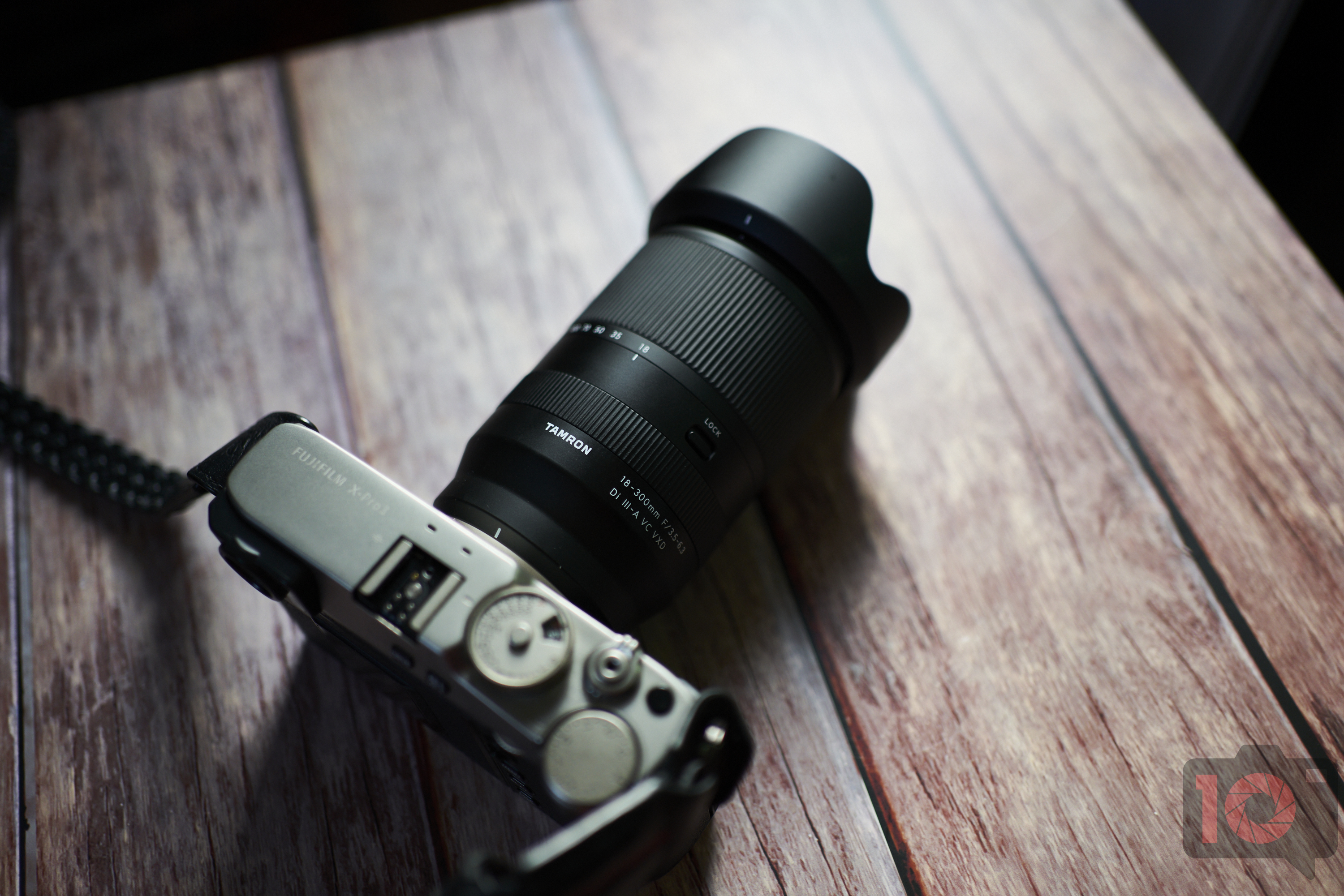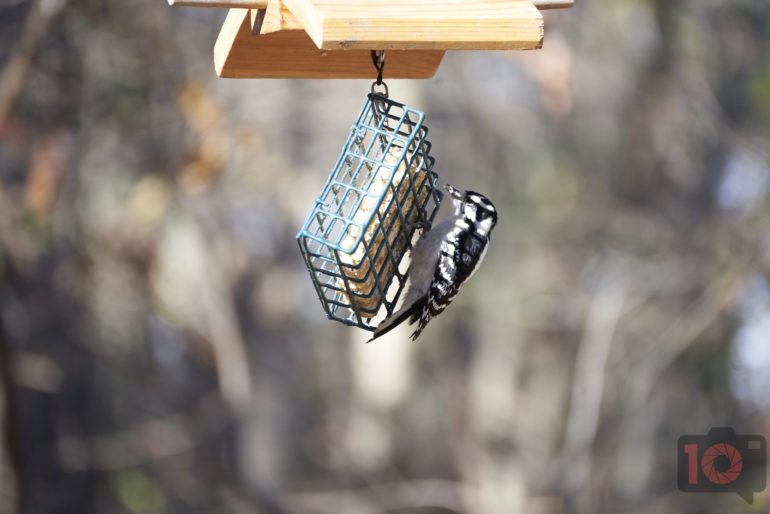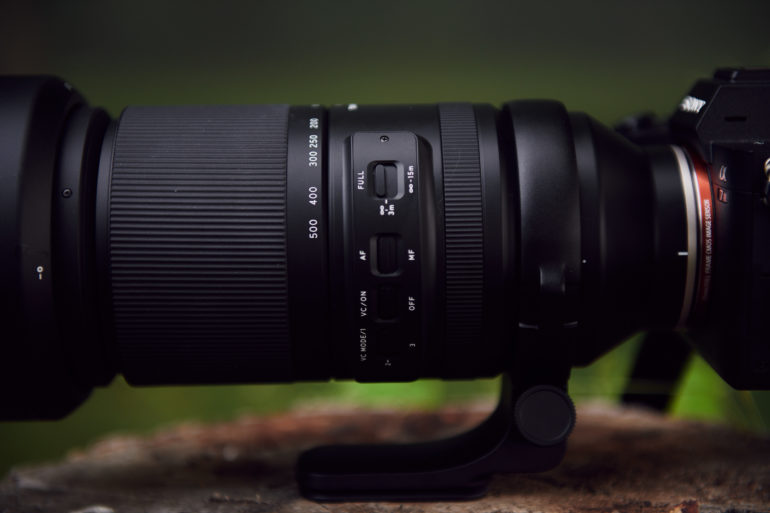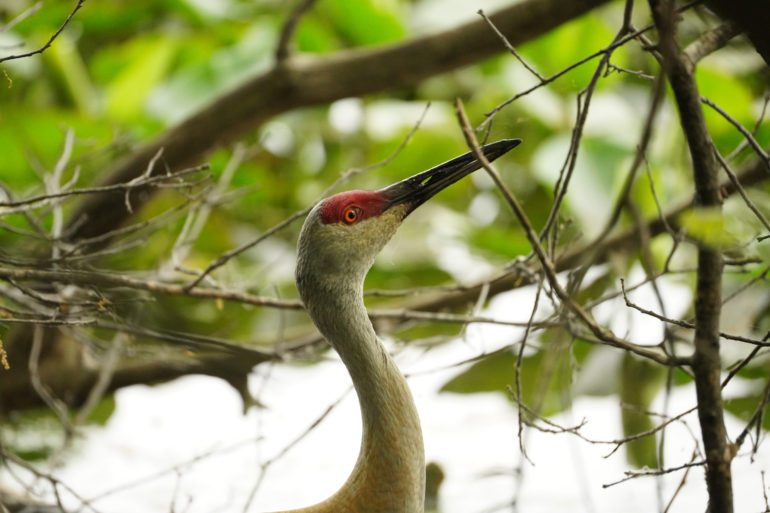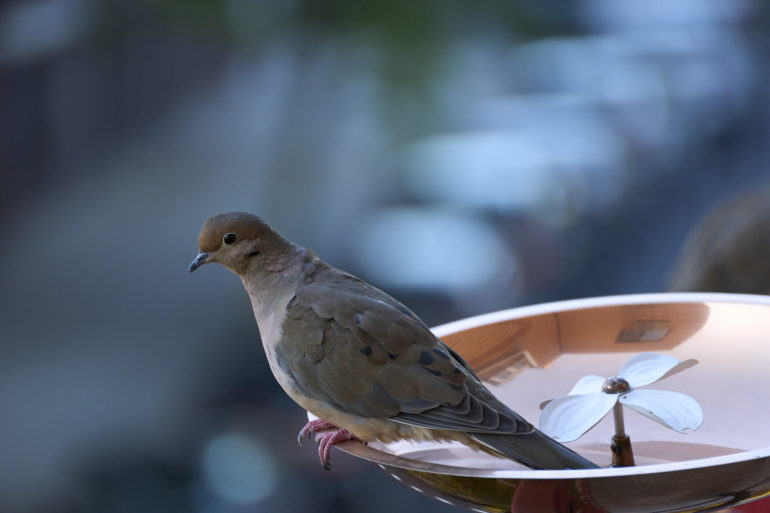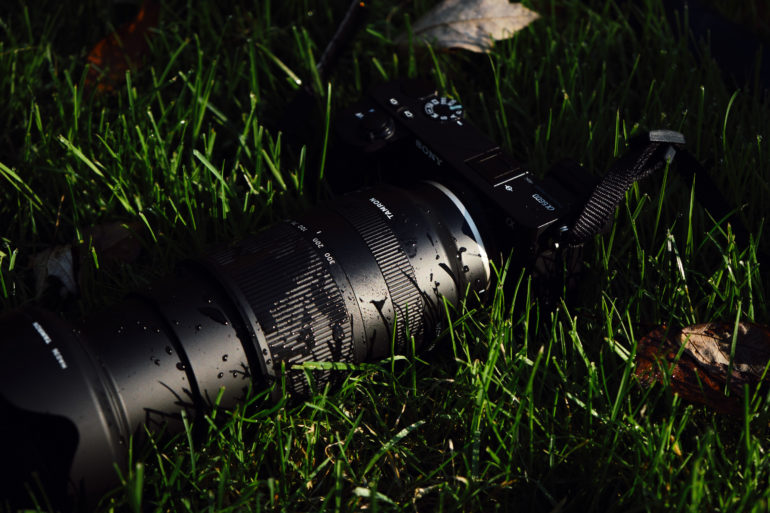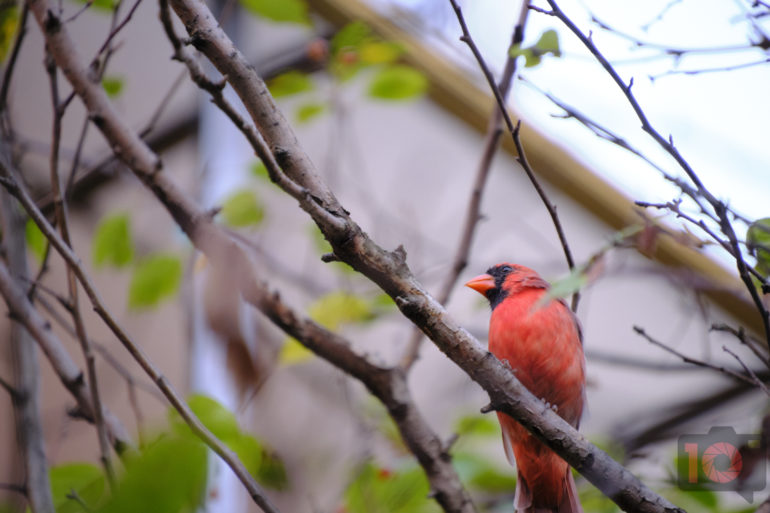If you went and got into bird photography during the pandemic, then this roundup is for you. In fact, lots of folks suddenly got into birding when there was little to nothing to do. And it’s pretty easy to really enjoy this hobby. The thrill of capturing a woodpecker eating something or a sparrow in its nest is wonderful. The best lenses for bird photography take us into worlds we’re not always able to see with our naked eyes. We’ve reviewed tons of lenses, and we dove into our Reviews Index to bring you this special list. We think you’ll love it!
This piece is presented in partnership with TAMRON. We’ve independently and ethically reviewed all the products in this round-up already without sponsorship. And we worked with them to recommend a few key gems to you.
The Phoblographer’s various product round-up features are done in-house. Our philosophy is simple: you wouldn’t get a Wagyu beef steak review from a lifelong vegetarian. And you wouldn’t get photography advice from someone who doesn’t touch the product. We only recommend gear that we’ve fully reviewed. If you’re wondering why your favorite product didn’t make the cut, there’s a chance it’s on another list. If we haven’t reviewed it, we won’t recommend it. This method keeps our lists packed with industry-leading knowledge. Some of our stories include affiliate links. If you buy something through one of these links, we may earn an affiliate commission.
Table of Contents
Pro Tips on Using the Best Lenses for Bird Photography
Here are some great tips on using the best lenses for bird photography we’re featuring in this roundup:
- Live in a city? Try making your home more bird-friendly. Put out bird feeders or bird baths to attract birds for photography. And they’ll start coming. When you can, use one of the best lenses for bird photography that we recommend in this article.
- Bird photography requires image stabilization, accurate focusing, and long focal lengths.
- If the birds are stagnant you won’t need the fastest autofocus. But if they’re in motion, be sure to switch your camera to continuous autofocus and tracking.
- All of these lenses that we’re recommending have weather sealing in them.
- The best thing about Tamron’s lenses is that they’re so lightweight and have such high build quality, all while doing the job. It’s hard to beat them!
Tamron 150-500mm f5-6.7 Di III VC VXD
Tech Specs
- Focal Length: 150-500mm
- Maximum Aperture: F5-6.7
- Angle of View: (diagonal) 16°25’-4°57′ (for full-frame mirrorless format)
- Optical Construction: 25 elements in 16 groups
- Minimum Object Distance: 0.6m (23.6 in) (WIDE) / 1.8m (70.9 in) (TELE)
- Maximum Magnification Ratio: 1:3.1 (WIDE) / 1:3.7 (TELE)
- Filter Size: φ82mm
- Maximum Diameter: φ93mm
- Length: 209.6mm / 8.3 in (front tip of the lens to the lens mount face)
- Weight: 1,725g (60.8 oz) (without tripod mount included) / tripod mount 155g (5.5 oz)
- Aperture Blades: 7 (circular diaphragm, the circular diaphragm stays almost perfectly circular up to two stops down from maximum aperture)
- Minimum Aperture: F22-32
- Standard Accessory: Round-shaped hood, Lens caps, Tripod mount
- Compatible Mounts: Sony E-mount
Pro Tip: The Tamron 150-500mm f5-6.7 Di III VC VXD is incredibly capable and is assuredly one of the best lenses for bird photography. At the longer end, feel free to bump your ISO settings up. It’s not unusual for us to shoot at ISO 1600 in bright daylight to get the photos we want and need. Combine this with the reciprocal rule of shutter speeds, proper hand-holding, and the combined image stabilization of Tamron and Sony. Try using it on an APS-C camera for a compact lens/camera combo with 750mm full-frame equivalent reach on the tele-end.
In our review, we state:
“…the combo we used is better for wildlife. Wildlife doesn’t tend to move as fast or as erratically as athletes. Want a nice photo of a butterfly? This is the combo you’ll want.”
“The Tamron 150-500mm f5-6.7 Di III VC VXD can focus between 23.6 and 70.9 inches away from the front of the lens, depending on the zoom position. That’s fairly good for such a long lens, and it allows you to get close-ups just above a 1:3 ratio.”
Tamron 70-300mm f4.5-6.3 Di III RXD VC VXD
Tech Specs
- Weather sealing
- Sony FE Mount
- Works with Sony AI with Animal AF
- 5.8 inches in diameter
- 67mm filter thread
- 15 elements in 10 groups
- 3 inches in length
- 2.6 feet minimum focusing
- 1.2 lbs
Pro Tip: The Tamron 70-300mm f4.5-6.3 Di III RXD really impressed us. It focuses very quickly. If you want a compact setup for photographing birds, then this is it. Granted, it’s not going to get you as far as the 150-500mm lens will, but it’s still plenty effective. Try using it on an APS-C camera for a compact package with 450mm full-frame equivalent reach on the tele-end.
In our review, we state:
“This lens has a lot going for it. It’s sharp, but I’ve seen sharper for sure and it doesn’t outdo lenses at a higher price point the way their f2.8 constant aperture zooms do. The colors are sort of muted, but that isn’t the end of the world. The coolest thing about this lens, though, is the bokeh. It’s super creamy and, at times, looks like a vintage lens.”
Tamron 18-300mm f3.5-6.3 Di III
Tech Specs
- Model: B061
- Focal Length: 18-300mm
- Maximum Aperture: F3.5-6.3
- Angle of View: (diagonal) 77°24′- 5°30’ (for APS-C frame mirrorless format)
- Optical Construction: 19 elements in 15 groups
- Minimum Object Distance: 0.15m (5.9 in) (WIDE) / 0.99m (39 in) (TELE)
- Maximum Magnification Ratio: 1:2 (WIDE) / 1:4 (TELE)
- Filter Size: φ67mm
- Maximum Diameter: φ75.5mm
- Length*: 125.6mm / 4.9 in (Sony); 125.8mm / 5 in (FUJIFILM)
- Weight: 620g / 21.9 oz (Sony / FUJIFILM)
- Aperture Blades: 7 (circular diaphragm)**
- Minumum Aperture F22-40
- Standard Accessory Flower-shaped hood, Lens caps
- Mount: Sony E-mount, FUJIFILM X-mount
Pro Tip: The Tamron 18-300mm f3.5-6.3 Di III VC VXD is so cool because it’s the first lens to be available for both Sony and Fujifilm cameras. It’s designed for APS-C options and provides 450mm on the tele-end, perfect for those birds bathing in your new birdbath. And with Fujifilm cameras, you can use this lens to get photos that look like they were shot in magazines!
In our review, we state:
“The lens is also equipped with Tamron’s VC, which is the company’s form of image stabilization. I shot at 1/8 of a second at both the wide and telephoto angles and still got something relatively sharp. This is, of course, with elbows propped and careful breathing. For more general shooting, you’ll need to bump the shutter speed up much higher.”


